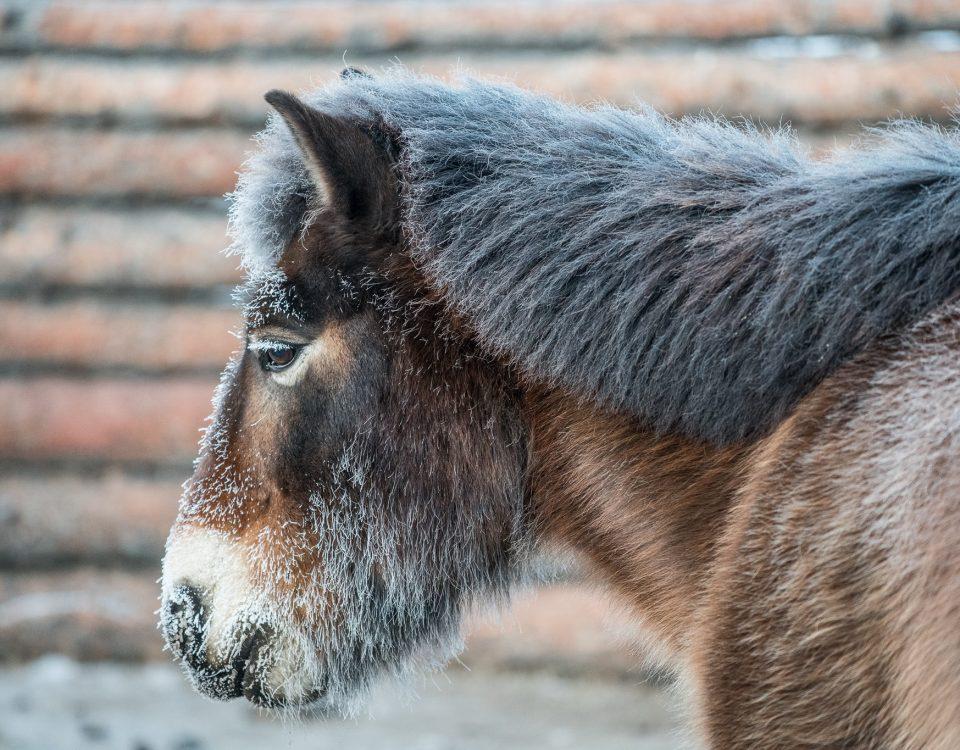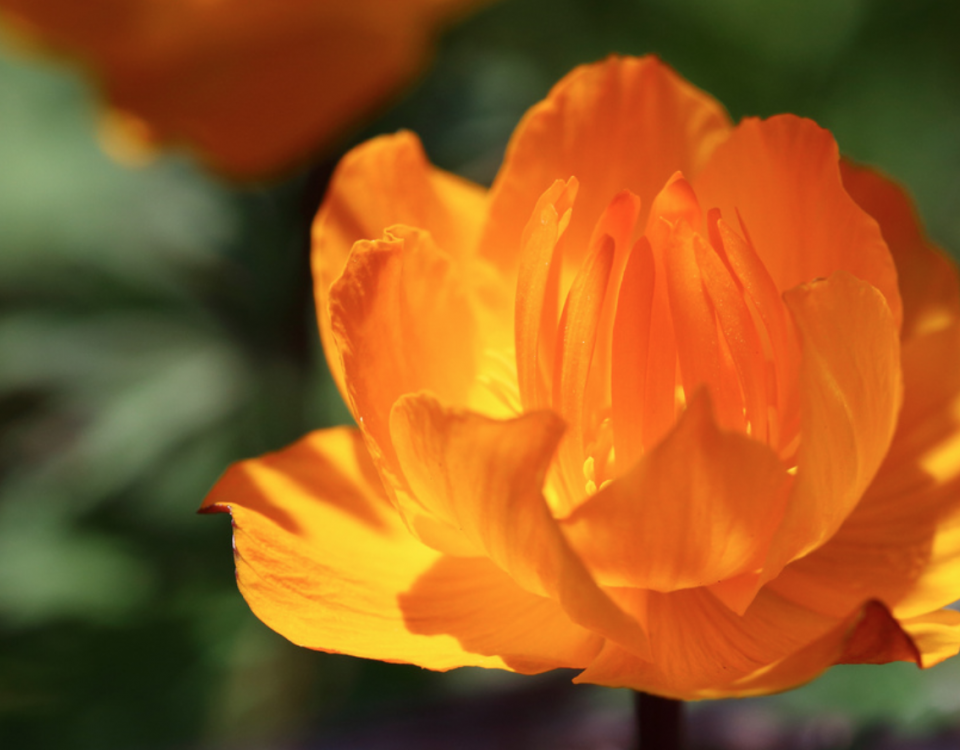Mongolian Dogs – Life On The Steppe

The Mongolian Herding Calendar
April 9, 2020
Dashdorjiin Natsagdorj
May 17, 2020Mongolian Dogs
Pick up a guidebook to Mongolia and glance at the culture section. You’ll probably find that gers are (obviously) mentioned as are the Buddhist traditions but rarely do dogs get a mention. However, dogs are an integral part of Mongolian rural life. The last Mongolian census (2020) highlighted that the average family size is 3.6 people. What is not mentioned is that most families own a dog. Or two. And dogs in Mongolia are considered part of the family.
It’s All In The Eyes
Dogs have always played a major part in the life of Mongolian herders. Look no further than the traditional greeting when approaching the ger of ‘hold the dog.’
For those that have been to Mongolia, think of what you know about a ger and how the space is divided. The north portion is where the family khoimor (altar) is located and typically where the senior man and honoured guests sit. Men typically have the west side of the ger, women the right or east side and less-important people place themselves in the doorway area. Dogs are also part of this ger circle – with their position outside the ger and to the right of the door to protect the hearth and its family inside.
And protect they do.
Traditionally, the role of a dog in Mongolia was to alert it’s owner to the arrival of strangers arriving from the wide-open steppe, herding the livestock when families moved to new pasture and guarding against the threat of wolves. Some dogs are chosen for their eyebrows – considered four eyes – these additional ‘eyes’ look into the spirit world and help the dogs in their protection of their charges.

* And yes, as an overnight visitor to a family ger, earplugs are recommended to drown out the steady barking throughout the night.
It’s All In The Name
Dogs are the one animal in Mongolia given their own name. Mongolians are not at all sentimental about their animals so it might seem strange that dogs are given a name when their horses are not but the giving of a name is a sign of honour and part of Mongolian belief that dogs are the last stage before humans in the reincarnation process.
Freedom Of The Hills
When a dog dies, the owner whispers in the dog’s ear his wishes that the dog will return as a human in his next life. Why whispered? Because when a new dog joins a family they whisper its new name into its ear so as not to draw the attention of evil spirits who might give bad luck or cause the dog or family harm. It’s the same for when the dog dies. The dog is buried high in the hills so that people do not walk on their remains. Also, so the remains are closer to the sky making it easier to travel up to the spirit realm.
The tail is also cut off. Why do they do that? The tail is removed so that on returning as a human, the person does not have a tail. It is also thought that removal of the tail aids the helping spirits in understanding that a dog is really a human and therefore must come back as a human. A piece of meat or fat is cut off and placed in the dog’s mouth to sustain its soul for its journey; before the dog is reincarnated, the dog’s soul is freed to travel the land, to run across the high open steppe for as long as it would like.
And for sure, the family will eventually choose a new dog to welcome into herding family life. What happens then is that the family will feed it milk and whisper its name into its ear. Milk is thought to bind the dog to the soul of the family; the lifeblood in a way.
So as a visitor to Mongolia, should you be scared of the dogs? No. But read a guidebook before coming to Mongolia and it will warn you to be ‘aware’ of them. Dogs that belong to herding families are loyal to their charges and protect them with their lives. Hence your arrival can result in a large, loud and aggressive looking beast climbing your vehicle wheels! However, once you’ve entered into the space of the family ger, the dog will typically ignore you.
If you’re interested in getting a more local insight into Mongolia, then have a look at our website for ideas on how to experience contemporary life in Mongolia with us.





